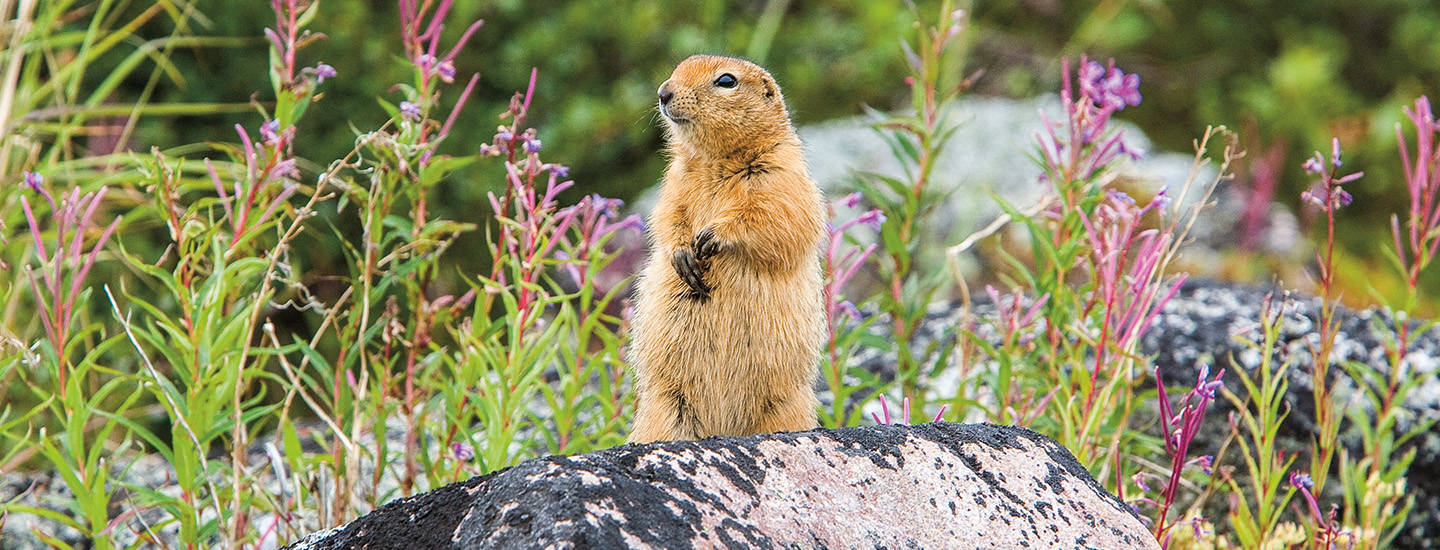Ingo Arndt/Minden Pictures
ZZzzz . . . The arctic ground squirrel can hibernate for up to 8 months!
When the weather turns cold, animals have to make a choice. Some migrate to warmer places to wait out the chilly months, while others grow thicker coats of fur to trap heat and stay warm. But another group of animals snooze until the spring in a state called hibernation.
Hibernation is a sleeplike state that animals enter to save energy in the winter, when there’s less food available and it’s harder to survive. When hibernating, an animal’s body temperature drops and its heart rate and breathing slow down. It also doesn’t eat or drink until it wakes in the spring. But not all animals hibernate for the same length of time or in the same way! See how three different animals prep for their winter-long rest.
When the weather turns cold, animals have a few options. Some travel to warmer places to wait out the chilly months. Others grow thicker coats of fur to keep them warm. But another group of animals snoozes straight through winter! This is called hibernation.
Hibernation is a sleeplike state. It helps animals save energy in winter, when there’s less food and it’s harder to survive. During hibernation, an animal’s body temperature drops. Its heart beats less often, and its breathing slows down. The animal usually doesn’t eat or drink until it wakes up in spring. But not all animals hibernate in the same way! Read on to learn how three different animals prepare for their long rest.

